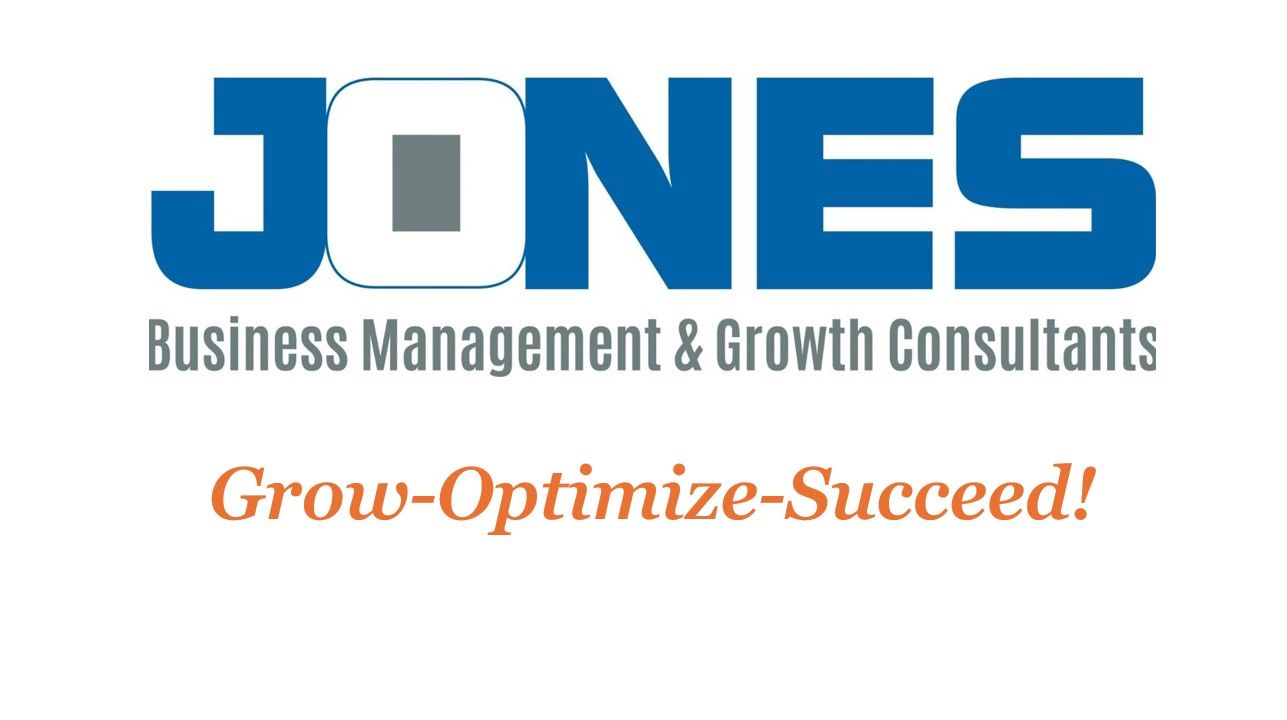The Hidden Cost of Stepping Back into the Field
Why It Feels Right, But Isn't

As a business owner, it’s in your nature to roll up your sleeves and dive in when things get tough. A key employee quits, another calls in sick, and suddenly, your team is short-staffed. You’re faced with a decision: do you step in and work the field to keep customers happy, or do you stick to your role of guiding your business’s growth?
On the surface, the answer seems obvious—your customers need you, and as a leader, your instinct is to serve. However, this decision can lead to unintended consequences. When you step back into the field, you’re not only filling the immediate need but also sacrificing your long-term goals. This is a trap many business owners fall into, and it can cost them more than they realize.
When you abandon your strategic role to work the field, you’re putting your business’s future on hold. Every hour you spend in the field is an hour you aren’t working on growth strategies, managing operations, or leading your team. Your leadership and vision are irreplaceable, and without them, the business risks stagnation.
Additionally, stepping in as a stop-gap measure sends a message to your team that when things get tough, you’ll always be there to pick up the slack. This inadvertently creates a culture where employees might not feel the need to step up because they know you’ll do it. Instead of fostering initiative and responsibility, it encourages dependence.
Yes, the immediate crisis may seem to require your hands-on presence, but the long-term health of your business depends on your ability to resist the pull of the day-to-day and focus on what only you can do—lead.
In my next blog, I'll discuss Building a Team That Won't Leave You Hanging
#BusinessGrowth #Leadership #Entrepreneurship #SmallBusiness #BusinessStrategy #OwnerMindset #LongTermSuccess #BusinessOwnerTips #BusinessChallenges #LeadershipDevelopment










